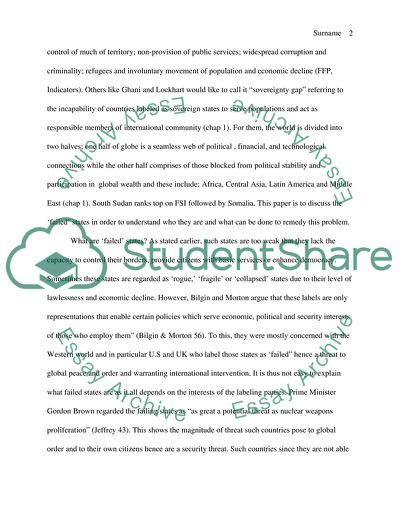Cite this document
(Failed States Report Example | Topics and Well Written Essays - 3250 words, n.d.)
Failed States Report Example | Topics and Well Written Essays - 3250 words. https://studentshare.org/politics/1849389-what-can-be-done-to-address-the-problems-of-failed-states
Failed States Report Example | Topics and Well Written Essays - 3250 words. https://studentshare.org/politics/1849389-what-can-be-done-to-address-the-problems-of-failed-states
(Failed States Report Example | Topics and Well Written Essays - 3250 Words)
Failed States Report Example | Topics and Well Written Essays - 3250 Words. https://studentshare.org/politics/1849389-what-can-be-done-to-address-the-problems-of-failed-states.
Failed States Report Example | Topics and Well Written Essays - 3250 Words. https://studentshare.org/politics/1849389-what-can-be-done-to-address-the-problems-of-failed-states.
“Failed States Report Example | Topics and Well Written Essays - 3250 Words”. https://studentshare.org/politics/1849389-what-can-be-done-to-address-the-problems-of-failed-states.


